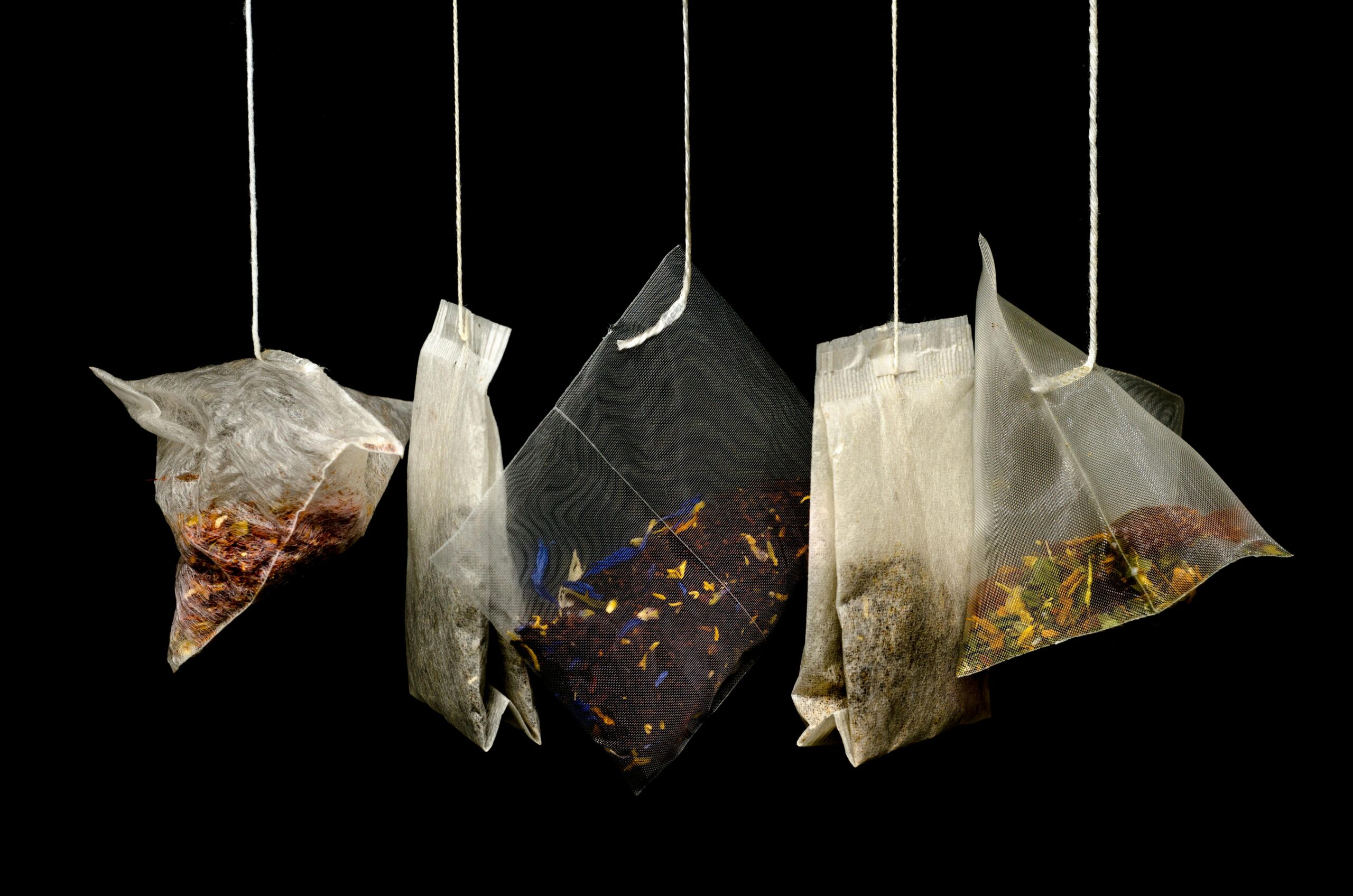Anúncios
Imagine holding a mirror that doesn’t just reflect—it transforms, offering glimpses of rejuvenated versions of yourself that exist somewhere between memory and possibility.
The digital age has ushered in a remarkable era where technology meets vanity, aspiration meets innovation, and our smartphones become portals to alternative versions of ourselves.
Anúncios
Among the most fascinating developments in recent years are AI-powered facial rejuvenation applications that promise to turn back time with nothing more than a few taps on a screen.
These digital fountains of youth have exploded across social media platforms, sparking conversations about beauty, aging, identity, and the increasingly blurred lines between our physical and digital selves.
Anúncios
What began as simple photo filters has evolved into sophisticated artificial intelligence systems capable of analyzing facial structures, understanding the aging process, and generating remarkably convincing younger versions of our faces.
But this technology represents far more than mere entertainment—it’s reshaping how we perceive beauty, challenging our relationship with aging, and creating entirely new dynamics in how we present ourselves online and offline.
🎨 The Technology Behind Digital Time Travel
The magic underlying these facial rejuvenation applications isn’t actually magic at all—it’s machine learning algorithms trained on thousands upon thousands of human faces across different ages, ethnicities, and characteristics.
These neural networks have learned to recognize the telltale signs of aging: the subtle softening of jawlines, the delicate etching of crow’s feet around eyes, the gradual descent of facial tissues that gravity claims over decades.
By studying these patterns, AI systems can essentially work backward, reversing the visual markers of time’s passage.
They smooth wrinkles by analyzing skin texture, restore volume to areas that typically hollow with age, brighten complexions by removing age spots and uneven pigmentation, and even adjust facial proportions to match the geometry of youth.
The results can be startlingly convincing, creating images that look less like obvious digital manipulation and more like photographs rescued from decades past.
Modern facial rejuvenation apps employ generative adversarial networks—a technology where two AI systems essentially compete with each other, one generating images and the other evaluating their realism. This competition drives both systems to improve, resulting in increasingly sophisticated and believable transformations.
The technology has advanced so rapidly that distinguishing between an AI-generated younger face and an actual photograph from someone’s youth has become genuinely challenging.
📱 The Social Media Phenomenon Reshaping Digital Identity
When these applications first gained traction on social media platforms, they spread with viral velocity. Suddenly, everyone from celebrities to your next-door neighbor was posting side-by-side comparisons: their current appearance alongside AI-generated versions that knocked off twenty or thirty years. The hashtags multiplied, the engagement metrics soared, and a new form of digital sharing was born.
But this phenomenon represents something deeper than a passing trend. These apps tap into universal human curiosities and anxieties about aging, appearance, and identity. They offer a safe, playful way to engage with questions that are often uncomfortable: What will I look like in the future? What did the potential of my youth truly hold? How much of my identity is tied to my physical appearance?
The social media impact has been multifaceted. On platforms like Instagram, TikTok, and Facebook, rejuvenated selfies generate conversation, comparison, and connection. They provide content that’s inherently engaging because it’s personal yet relatable. Everyone ages, making these transformations universally accessible topics that transcend typical social media divisions.
✨ The Psychology of Digital Rejuvenation
There’s something profoundly compelling about seeing yourself transformed by technology. Psychologists have noted that facial rejuvenation apps engage with several deep-seated human drives simultaneously. They satisfy curiosity about alternative versions of ourselves, provide a form of nostalgic connection to youth, and offer the gratification of imagined transformation without the commitment, cost, or risk of actual cosmetic procedures.
For some users, these applications serve as digital therapy—a way to visualize aging in reverse that can be comforting or motivating. For others, they become tools of aspiration, showing potential outcomes of skincare routines, cosmetic procedures, or lifestyle changes. The psychological impact varies dramatically based on individual context, self-esteem, and relationship with aging.
Interestingly, research suggests that repeated exposure to rejuvenated versions of ourselves can actually influence self-perception and behavior. Some studies indicate that viewing idealized versions of our appearance might motivate healthier lifestyle choices, while other research warns that excessive digital manipulation of self-images can contribute to body dysmorphia or unrealistic beauty standards.
💄 Cosmetic Industry Disruption and Opportunity
The beauty and cosmetic surgery industries have watched the rise of facial rejuvenation apps with a mixture of concern and opportunity. On one hand, these applications provide free, instant gratification that competes with expensive skincare products and invasive procedures. On the other hand, they serve as powerful visualization tools that can actually drive interest in real-world beauty solutions.
Forward-thinking cosmetic companies have begun integrating similar AI technology into their own customer experience platforms. Rather than viewing rejuvenation apps as competition, they’re recognizing them as gateway technologies that normalize conversations about anti-aging and aesthetic enhancement.
Some plastic surgeons now use comparable AI tools during consultations to help patients visualize potential surgical outcomes.
This convergence of digital and physical beauty solutions represents a significant shift in how aesthetic industries operate. The line between virtual beauty and actual transformation continues to blur, with technology serving as both inspiration and instruction manual for real-world changes.
🌍 Cultural Variations in Reception and Usage
The global reception of facial rejuvenation technology reveals fascinating cultural differences in attitudes toward aging, beauty, and technological intervention. In youth-obsessed cultures, these apps have been embraced with particular enthusiasm, while societies with more reverential attitudes toward aging show more measured adoption.
Asian markets, where skincare and appearance enhancement technologies have long enjoyed mainstream acceptance, have shown particularly high engagement with these applications. Meanwhile, certain European cultures with stronger emphasis on natural aging have been more skeptical, though curiosity remains high across demographics.
These cultural variations extend to how the technology is used and discussed. Some regions treat rejuvenation apps primarily as entertainment and social media content, while others approach them with more serious interest in their practical applications for consultation and decision-making around actual cosmetic procedures.
🎭 Identity, Authenticity, and the Digital Self
Perhaps the most profound questions raised by facial rejuvenation technology concern authenticity and identity in digital spaces. As we increasingly live portions of our lives online, the versions of ourselves we present in digital contexts gain significance. When those versions can be algorithmically enhanced or transformed, what happens to concepts of genuine self-presentation?
Philosophers and social critics have begun examining what they call the “malleable self”—the idea that digital technologies allow us to fragment our identity into multiple versions suited for different contexts and audiences. Facial rejuvenation apps represent one frontier of this malleability, offering literal different faces we can present to the world.
For younger users who have grown up with filters, editing tools, and transformation apps, this digital malleability feels native and natural. Older generations sometimes express more discomfort with the blurred boundaries between “real” and “enhanced” appearance. This generational divide in comfort with digital self-manipulation has implications for everything from online dating to professional networking to family photo sharing.
🔮 The Future of Facial Technology and AR Integration
Current facial rejuvenation apps represent merely the beginning of a technological trajectory that promises increasingly sophisticated integration of AI, augmented reality, and personal appearance modification.
The next generation of these tools will likely move beyond static photo transformation to real-time video modification, allowing users to appear rejuvenated during video calls, live streams, and even in-person interactions through AR glasses.
Tech companies are already developing systems that can apply rejuvenation effects to moving images while maintaining natural expression, lighting adaptation, and perspective consistency. As processing power increases and algorithms improve, the computational barriers to real-time facial transformation continue to fall.
This evolution raises intriguing possibilities and concerns. Imagine job interviews conducted with subtle digital enhancement, first dates where both parties appear algorithmically optimized, or social interactions where everyone’s perceived age is digitally adjustable. These scenarios, once purely speculative, are rapidly approaching technical feasibility.
⚖️ Ethical Considerations and Digital Responsibility
With power comes responsibility, and the power to digitally modify appearance at scale brings significant ethical considerations. Issues of consent, deception, mental health impact, and social equity all intersect with facial rejuvenation technology.
Are legitimate concerns about these applications contributing to age discrimination, particularly in professional contexts where appearing younger might seem advantageous.
There are questions about the mental health implications, especially for vulnerable users who might develop unhealthy fixations on their digitally enhanced images. There are issues around consent when people share rejuvenated images of others without permission.
Developers of these applications face growing pressure to implement safeguards: clearer labeling of modified images, age restrictions for younger users potentially susceptible to body image issues, and educational content about the distinction between algorithmic enhancement and reality. Some platforms have begun adding watermarks or metadata to AI-modified images to maintain transparency.
💡 Practical Applications Beyond Vanity
While much attention focuses on the social media and entertainment aspects of facial rejuvenation apps, these technologies have practical applications that extend well beyond vanity. Medical professionals use similar AI systems to help patients visualize recovery outcomes from facial trauma or reconstructive surgery. Dermatologists employ them to demonstrate the long-term effects of sun damage and motivate better skincare practices.
Forensic investigators are exploring how related technology might help age-progress or age-regress images of missing persons. Historians use comparable algorithms to visualize what historical figures might have looked like at different life stages. The underlying technology has applications in animation, special effects, and digital character creation for entertainment industries.
These serious applications demonstrate that beneath the playful social media veneer, the AI systems powering facial rejuvenation represent significant technological achievements with far-reaching implications across multiple fields.

🌟 Embracing Technology While Honoring Reality
As facial rejuvenation technology continues evolving and integrating into our digital lives, finding balance becomes increasingly important. These tools offer genuine value: they’re entertaining, they satisfy natural curiosity, they can motivate positive lifestyle changes, and they provide useful visualization for legitimate medical and cosmetic purposes.
However, they also require mindful engagement. Recognizing AI-generated images as fantasy rather than achievable reality, maintaining healthy self-image independent of digital manipulation, and preserving authentic self-presentation in contexts where it matters—these practices become essential digital literacy skills.
The most empowered users of facial rejuvenation technology are those who approach it with clear-eyed understanding: appreciating the cleverness of the algorithms while not confusing their output with actual transformation, enjoying the playfulness while not becoming dependent on the validation, and exploring the possibilities while remaining grounded in the reality of their actual appearance.
The journey of aging is universal and inevitable, marked by wisdom, experience, and the physical evidence of years lived. Technology that allows us to temporarily visualize alternatives doesn’t erase this reality—but it does add new dimensions to how we understand, explore, and share our relationship with appearance, time, and identity in an increasingly digital world.
The key lies not in rejecting these technologies or embracing them uncritically, but in integrating them thoughtfully into lives that honor both our digital possibilities and our physical realities. 🎨✨






